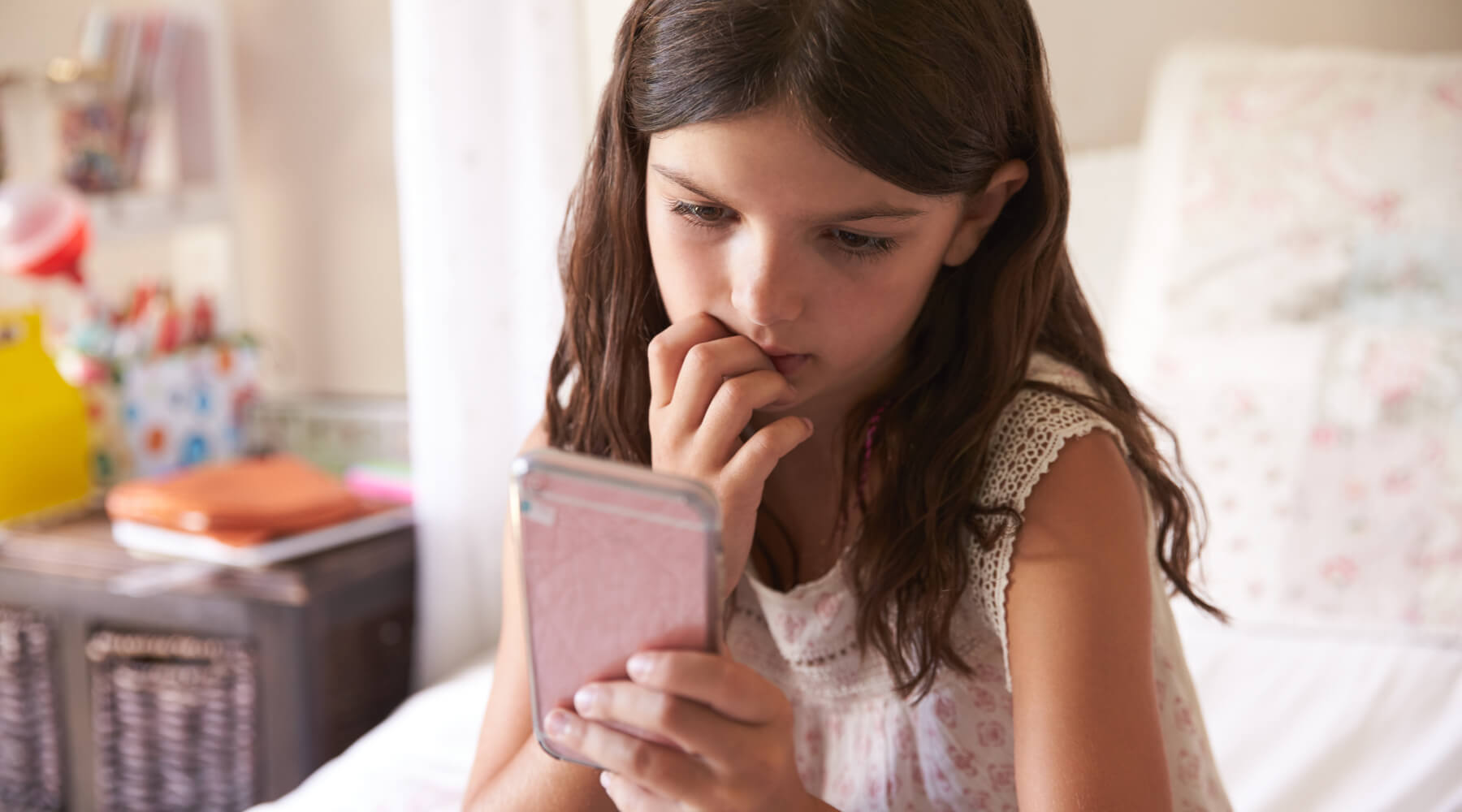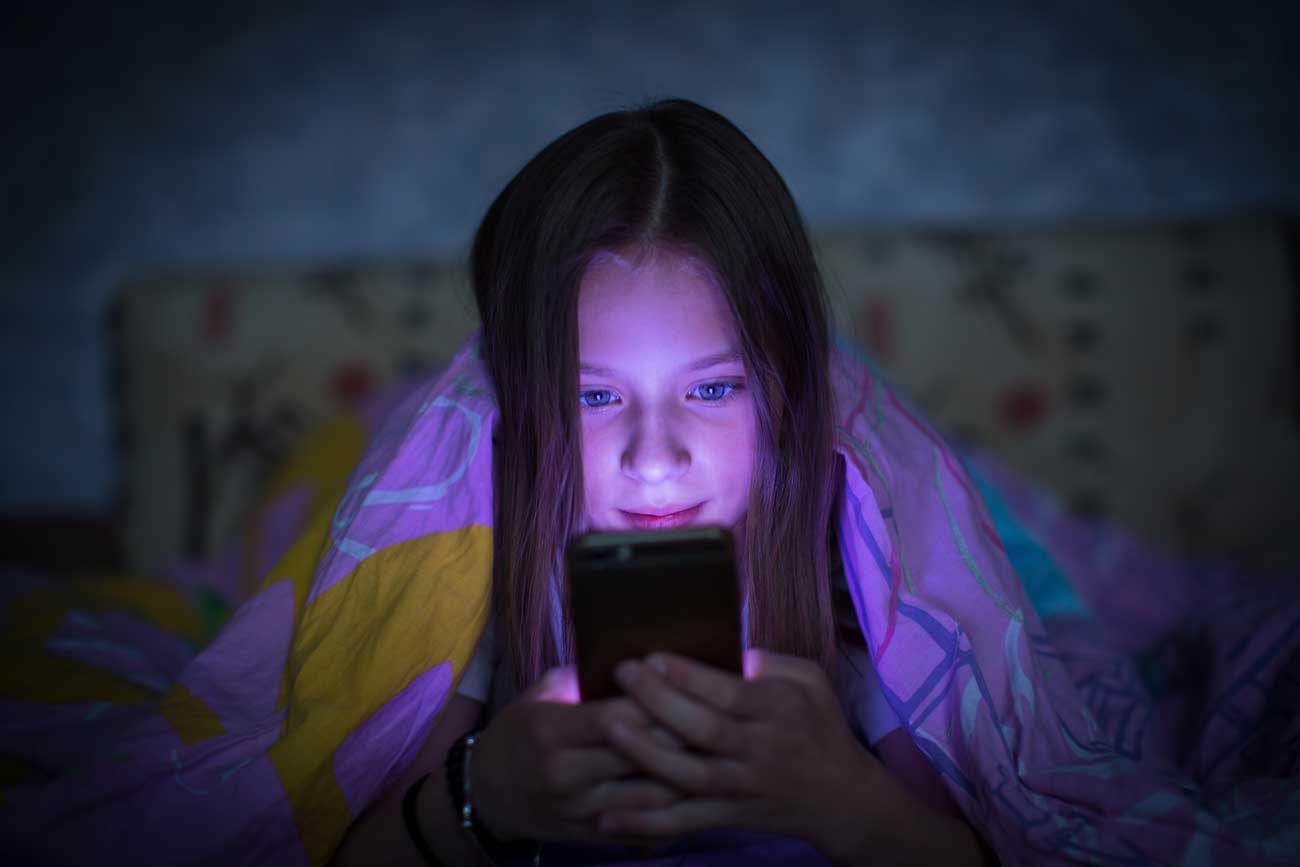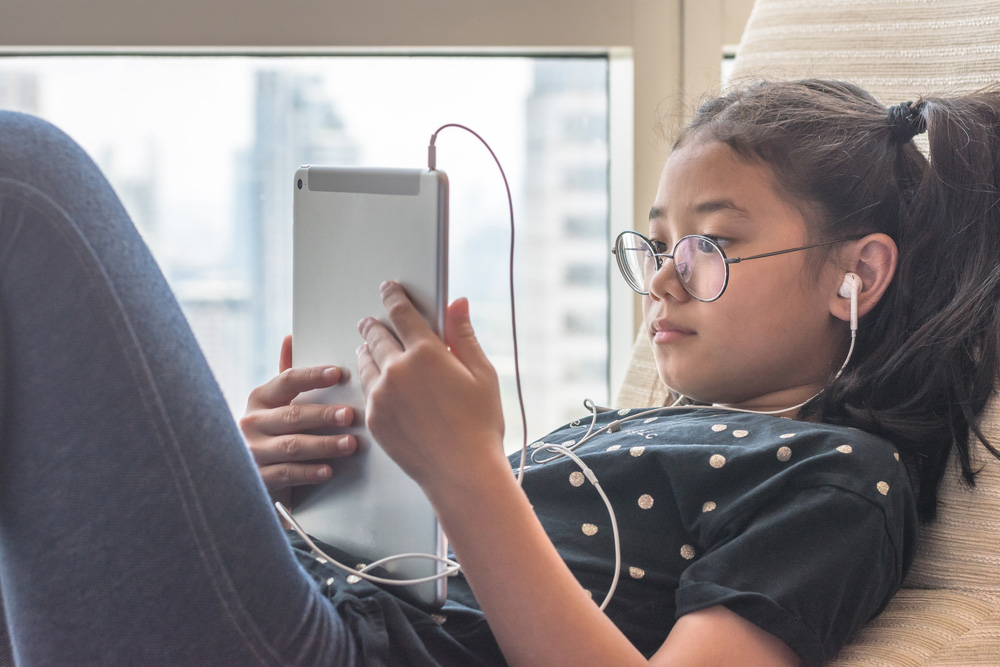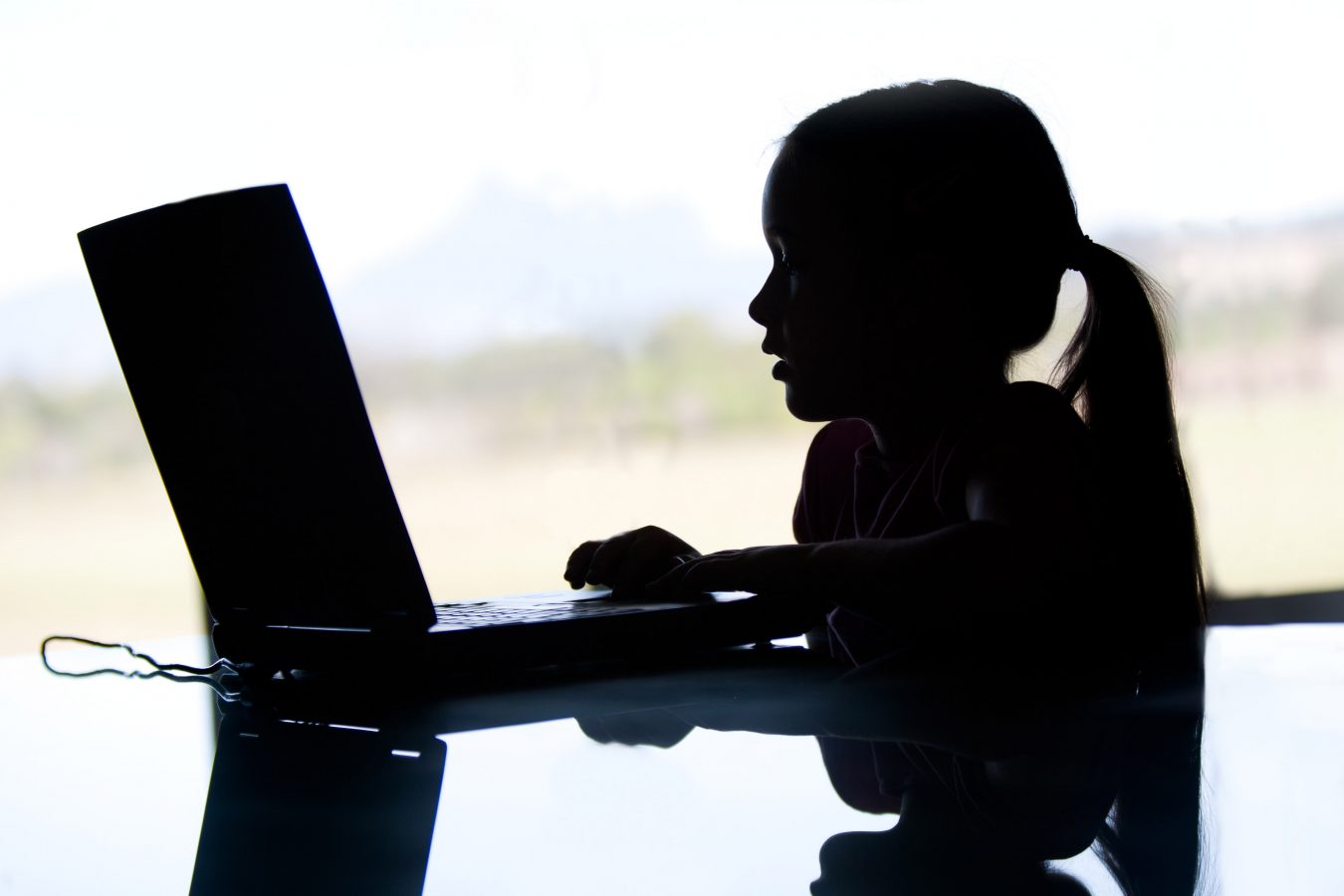
A powerful and confronting new documentary sheds light on the grim world of online child sexual exploitation. As Natalie Moutafis reports, it's a must-watch for any parent, carer and educator .
Content warning: This article contains references to child sexual abuse.
Child exploitation. You read these words and you might think for a minute that it’s something you won’t ever have to worry about. Not your child, not in your home.
But it is. The Children in the Pictures is a new documentary detailing the harrowing stories that police investigators from Australian-based Task Force Argos encounter every day.
Infants, toddlers, children, and teenagers. Children of any age, of any background, from any country, are being exploited online every minute of every day.
As a mother of two young children, I found this documentary confronting and upsetting.
I wanted to stop watching.
But this is the type of documentary every parent and carer (and grandparent and educator) should watch.
What is online sexual abuse?
According to the Australian Centre to Counter Child Exploitation (ACCCE), set up by the Australian Government, online sexual abuse includes various behaviours and situations. Most commonly including grooming, live streaming, blackmailing – including the sharing of content produced by children themselves.
The documentary shines a light on the two distinctly different forms of child exploitation online – perpetrator-produced and self-produced (or user-generated). It covers in detail the great lengths these predators, who number in their millions, go to share content.
It’s a dark, grim, and scary world that many of us don’t understand – nor want to. Yet as the documentary points out,
Online child sexual exploitation is the world’s fastest-growing major crime. Less than a thousand police worldwide are dedicated to preventing it.
- The Children in the Pictures
Not my child...
Parents need to know and understand the challenges. Thinking ‘my child would never…’ or ‘my child would tell me’ is a head in the sand approach.
The research from the ACCCE found that
- 1 in 3 children aged 13 to 17 have experienced sexting
- 38 per cent of children aged 8-17 years old talked to strangers online
- 20 per cent of children aged 12-17 years old received inappropriate material such as pornography, disturbing content, or violent imagery between March and September 2020.
During the documentary, Detective Inspector Jon Rouse, the head of Task Force Argos, clarifies that it should not be called child pornography, as that implies consent. Children are never in a position to be giving consent when it comes to these matters. Even if a child is sharing their own content, it is still not consensual if they have been groomed, manipulated or extorted into sharing that content.
It's just 'stranger danger'
When many of today’s parents were children, it was about ‘stranger danger‘ and being careful in the physical world. Not anymore. While that risk remains, the risk of a seemingly ‘safe’ child being affected is the one we need to educate ourselves about.
Children believe they are chatting and interacting with their peers online when often it is a very different person behind the device.
The minute we allow our child on to the internet, it becomes a case of ‘when‘ not ‘if‘ your child will be approached online.
Considering that in 2020, 12 million children went online for the first time, it puts that risk into perspective.
Related article: Cybersafety: How to be a Parent in the Digital World
So what can we do?
The ACCCE research found that 51 per cent of participants did not know what they could do to keep children safe from online child sexual exploitation.
While it’s a global issue, it needs to start at home with parents having conversations with their children and knowing what they are doing online.
Many of the organisations supporting this work say that having open conversations, and often, along with supervising your child while they are online, are critical in helping your child understand the dangers. Having conversations early and giving them the confidence to go to a parent (or trusted adult) for help will aid them in navigating the online world.
If you haven’t already, make time to watch The Children in the Pictures, available to stream via SBS on Demand. You’ll gain insight into how young our children can be when this begins and how easy it is for parents to be unaware.
Continue to educate yourself and your family. Talk about what can be done to protect everyone and why. Experts, incuding those at the eSafety Commissioner, suggest setting up a family agreement that phones (and devices) are not used behind closed doors, creating ‘device-free zones and times‘.
Remember that the online world is ever-changing – new apps and changes to existing apps mean that even if you think your child is relatively protected, they won’t always be. Parenting educator Caroline Ellen shared her tips last year with The Parents Website in her free ebook, and the eSafety Commissioner website is regularly updated with resources to assist.
While the people of Task Force Argos and other organisations worldwide work tirelessly, devoting their lives to protecting our children, parents need to do all they can, too – this is a global issue requiring a global community approach.
Additional resources
If this article raised any issues or if you need more information these resources may assist.
Crisis support
Kids Helpline – 1800 55 1800
Lifeline – 13 11 14
Other resources
ThinkUKnow
The Carly Ryan Foundation
Headspace
Bullying. No Way!
Bravehearts
Like this post? Please share using the buttons on this page.
Sign up for our newsletter

